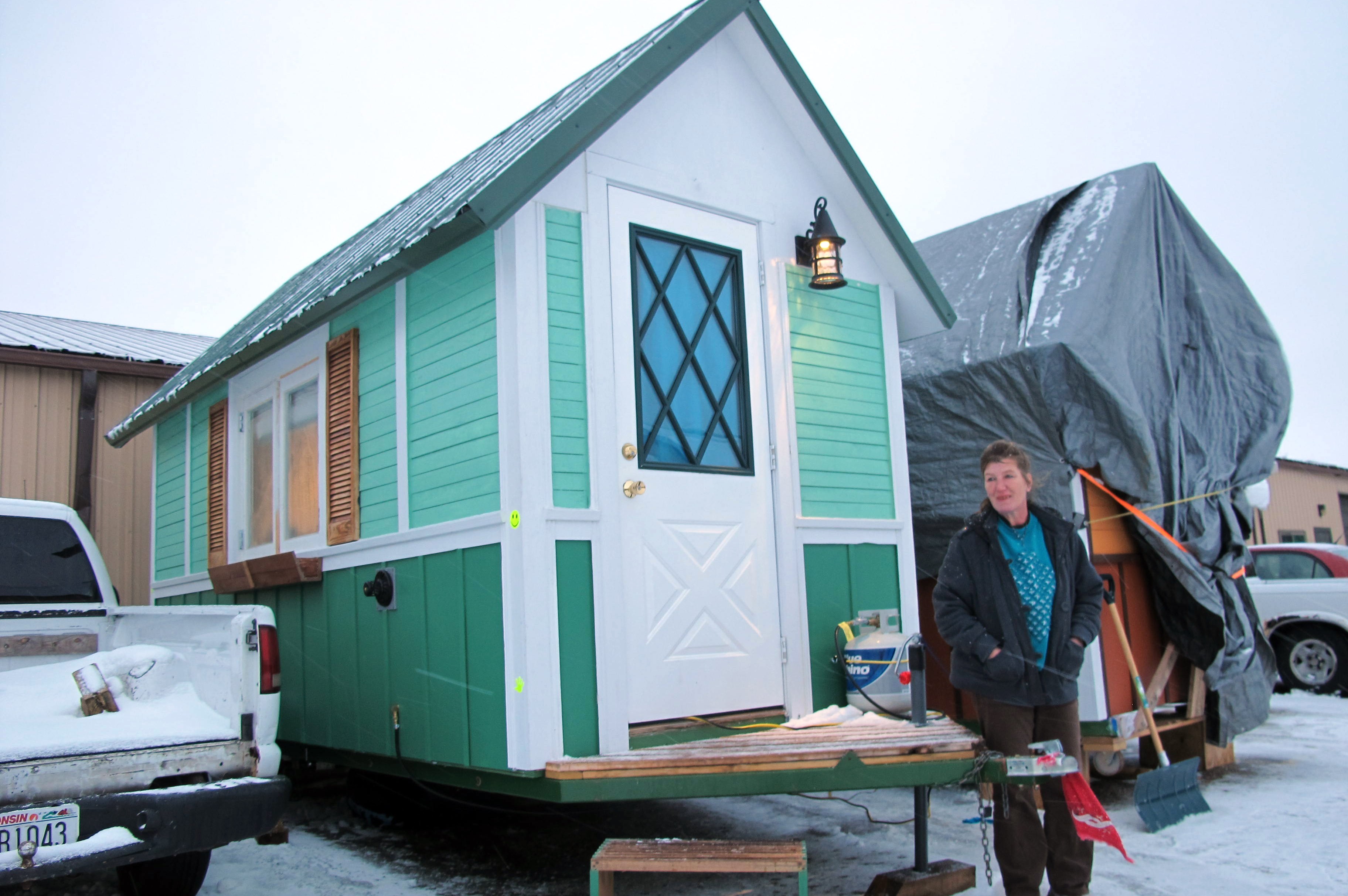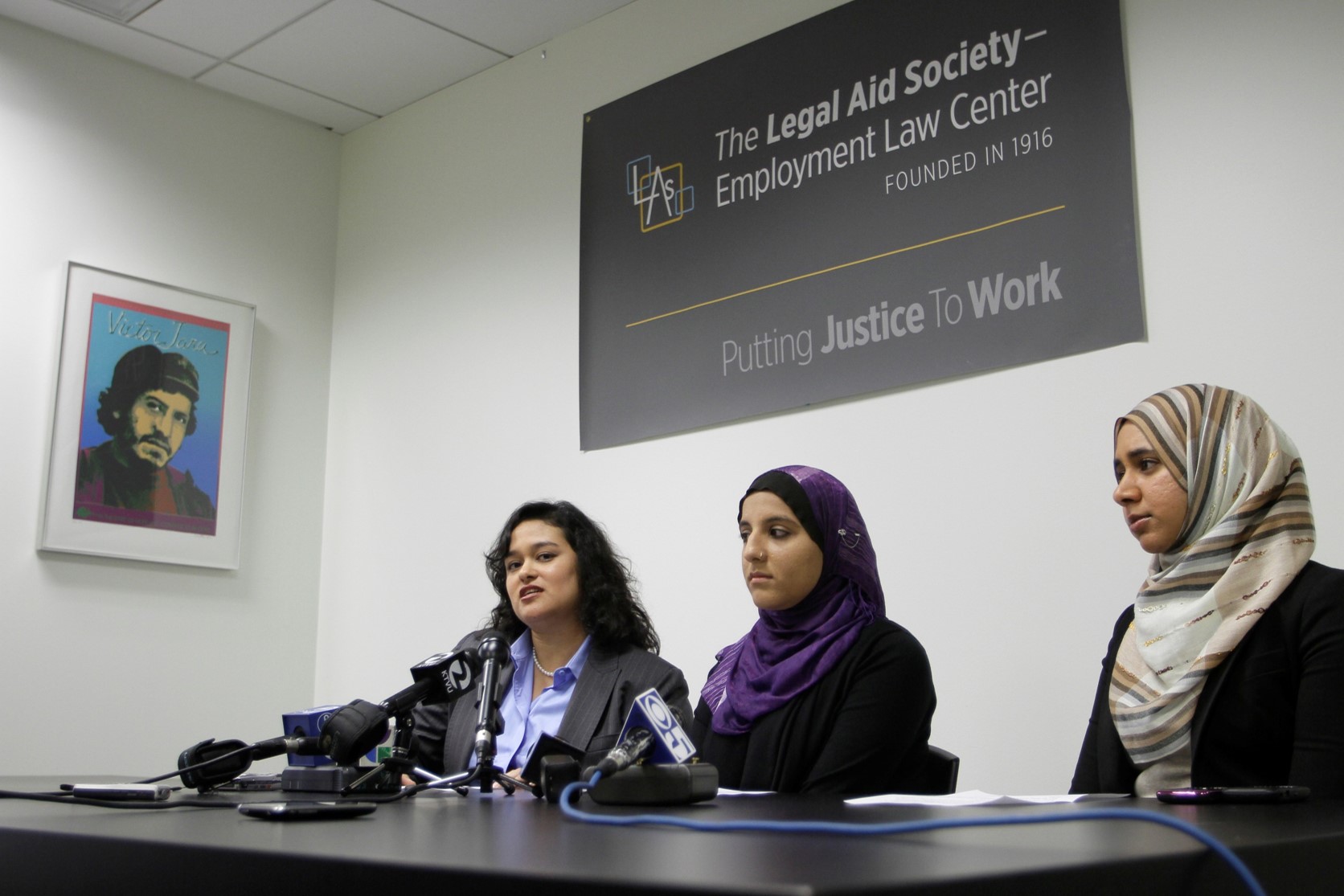A new book by two of our nation’s foremost poverty researchers, Kathryn Edin and H. Luke Shaefer, reveals the desperate circumstances that hundreds of thousands of children and their parents increasingly face: living with virtually no cash income in an economy that requires it to meet nearly every human need.
In $2.00 a Day: Living on Almost Nothing in America, Edin and Shaefer trace this disturbing trend to the 1996 welfare law, which has gradually but inexorably gutted the cash assistance safety net for families with children. Attention to this often neglected side of our nation’s extreme economic inequality is especially timely as policymakers from both parties consider reauthorizing the 1996 welfare law. As the book vividly shows, we are long overdue to take a different path — one that upholds our nation’s values, including our responsibility to protect and empower the most vulnerable by eliminating extreme poverty.
Living on less than $2.00 per person per day is the World Bank’s standard for measuring poverty in developing countries. Through rigorous data analysis and in-depth interviews, Shaefer and Edin document the dramatic rise in extreme poverty since the 1996 welfare law. Similarly, research by the Center on Budget and Policy Priorities confirms a rise in “deep poverty” — income below half the poverty line, or below roughly $10 per person per day for a typical family — and shows that Temporary Assistance for Needy Families (TANF), created in 1996, reduces deep poverty far less than its predecessor, Aid to Families with Dependent Children. Research shows that early childhood poverty causes short- and long-term harm, in turn posing enormous costs to our economy.
To be sure, many experience $2.00-a-day poverty for months, not years. But trying to make ends meet with such minimal cash resources can be devastating even for the shortest periods. For many families, perilous work, unpredictable work schedules, and housing instability add up to much longer periods of destitution. Through story after story, Shaefer and Edin show how the inability to afford basics like personal hygiene items and transportation, combined with insufficient work and meager public benefits, can drive people towards abusive relationships, precarious housing, mistreatment by employers, and impossible choices between breaking the law and feeding a child.
How did we get here, and how do we get out?
First, when policymakers supposedly shifted to a work-based safety net in 1996, they didn’t ensure that there would be enough decent jobs for everyone who wants one. While President Clinton’s proposed welfare overhaul in 1992 guaranteed a public-sector job for anyone who couldn’t find one, the 1996 law had no such guarantee. Both the labor market since 2000 and the experience of the successful but short-lived TANF subsidized jobs program in the Great Recession have made clear that many more people want jobs than can find them, in good times and bad.
Second, changes in the structure and funding of welfare have given states incentives to keep people out of TANF and to kick off many of those who do manage to enroll. As much as other programs like the EITC and SNAP (formerly food stamps) have done more over the past two decades to help families in poverty, including deep poverty, these improvements have been little match for the continued underfunding of housing assistance and the huge hole blown in our cash assistance safety net by the 1996 law.
$2.00 a Day shows that charities and individuals provide some help to extremely poor families, often making the difference between spending the night on the street and having shelter. But Shaefer and Edin also observe that people with the greatest need often live the farthest from available assistance. And even the communities with the most resources can’t meet the need without government help.
Shaefer and Edin suggest a straightforward strategy to change the unacceptable status quo: create jobs and prepare the most disadvantaged adults for them; update labor standards to reflect the reality of work in America today; invest in affordable housing; and provide a real safety net for times when people who want to work simply don’t find work possible given their caregiving responsibilities and other challenges.
We hope that this new book forces us all to grapple with the destructive circumstances we have allowed to persist for our nation’s most vulnerable families. We must reform our public policies to ensure that nobody faces a poverty so deep that many of us wouldn’t even believe it exists in this wealthy nation. We can’t ignore the shortcomings of our safety net that are exposed by the growth of $2.00-a-day poverty in America.











